

Turkiye
Authentic. Vivid. Majestic.
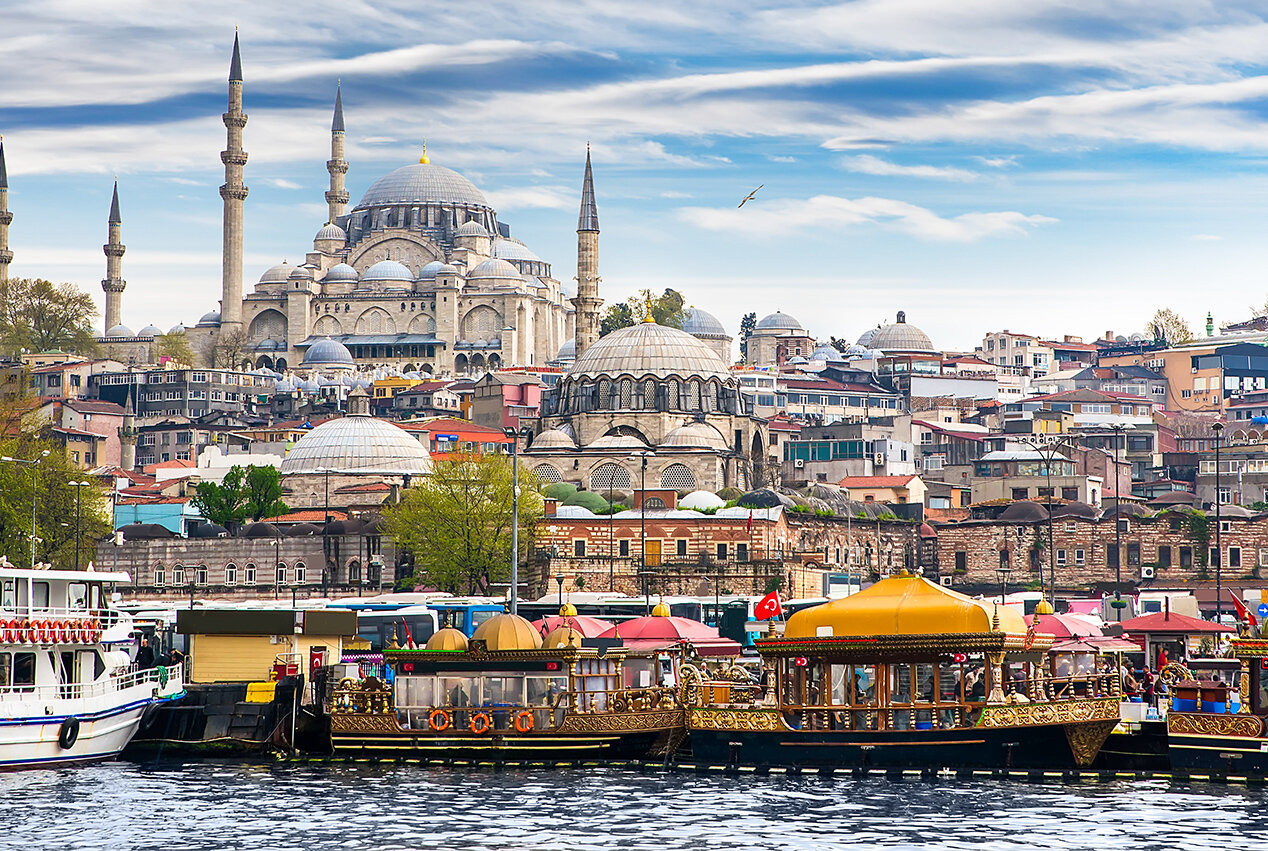
ISTANBUL
Physically straddling the continents of Europe and Asia, Istanbul is a complex amalgam of east and west, new and old. In a day, one can explore Byzantine churches, Ottoman palaces and the thousands of shops that make up the bustling and aromatic Grand Bazaar. Then let it all sink in as you sail the Bosporus, watching the sunset between the two continents.
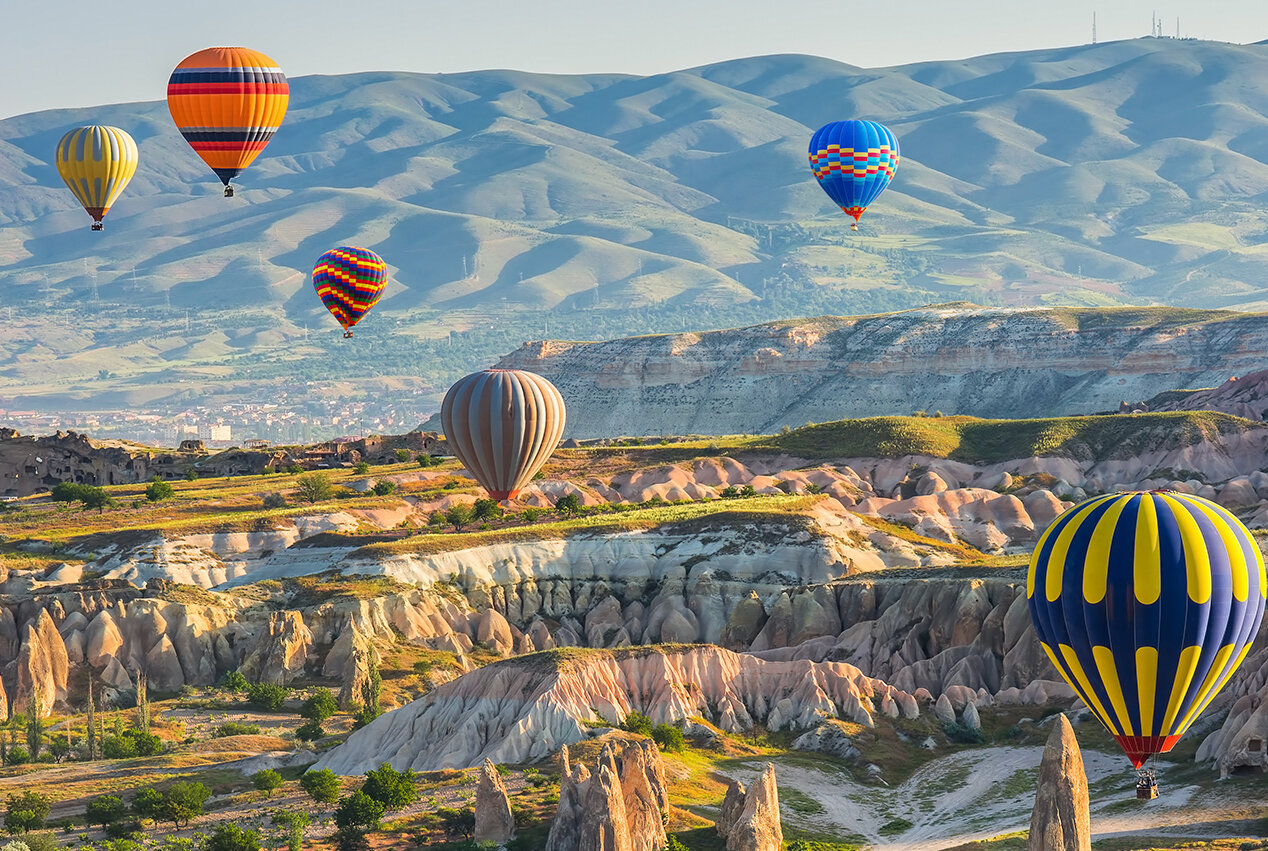
CAPPADOCIA & MT. NEMRUT
Wind, rain and time have hewn strange shapes from the soft rock that makes up Cappadocia’s rolling landscape. Walk among the fairy chimneys and carved troglodyte houses, take a magical hot air balloon ride over the rock formations and end your day in a luxurious cave-hotel. Far to the east, the carved rock faces of Mt. Nemrut gaze out at the distant horizon. Visit at sunrise or sunset to feel the tangible weight of Turkiye’s history.
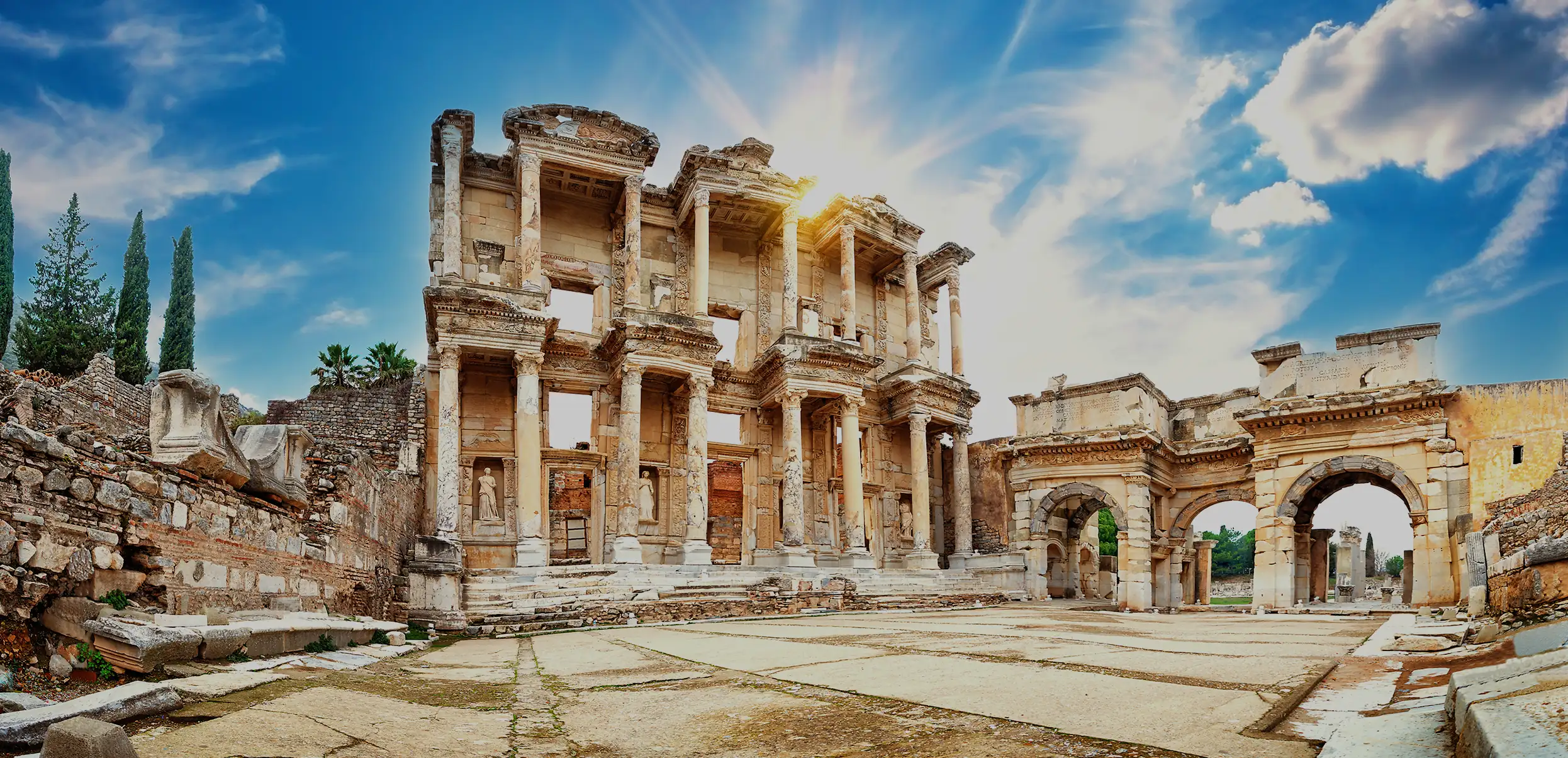
EPHESUS & ANI
Turkiye is dotted with more Classical ruins than Greece or Italy and its crown jewel is Ephesus. Wander among some of the best-preserved ancient temples, theaters, villas and baths for a glimpse into what life looked like 2,000 years ago. Medieval Ani in eastern Turkiye tells a different tale—of a powerful Armenian empire that once ruled the land—leaving atmospheric ruins to explore.
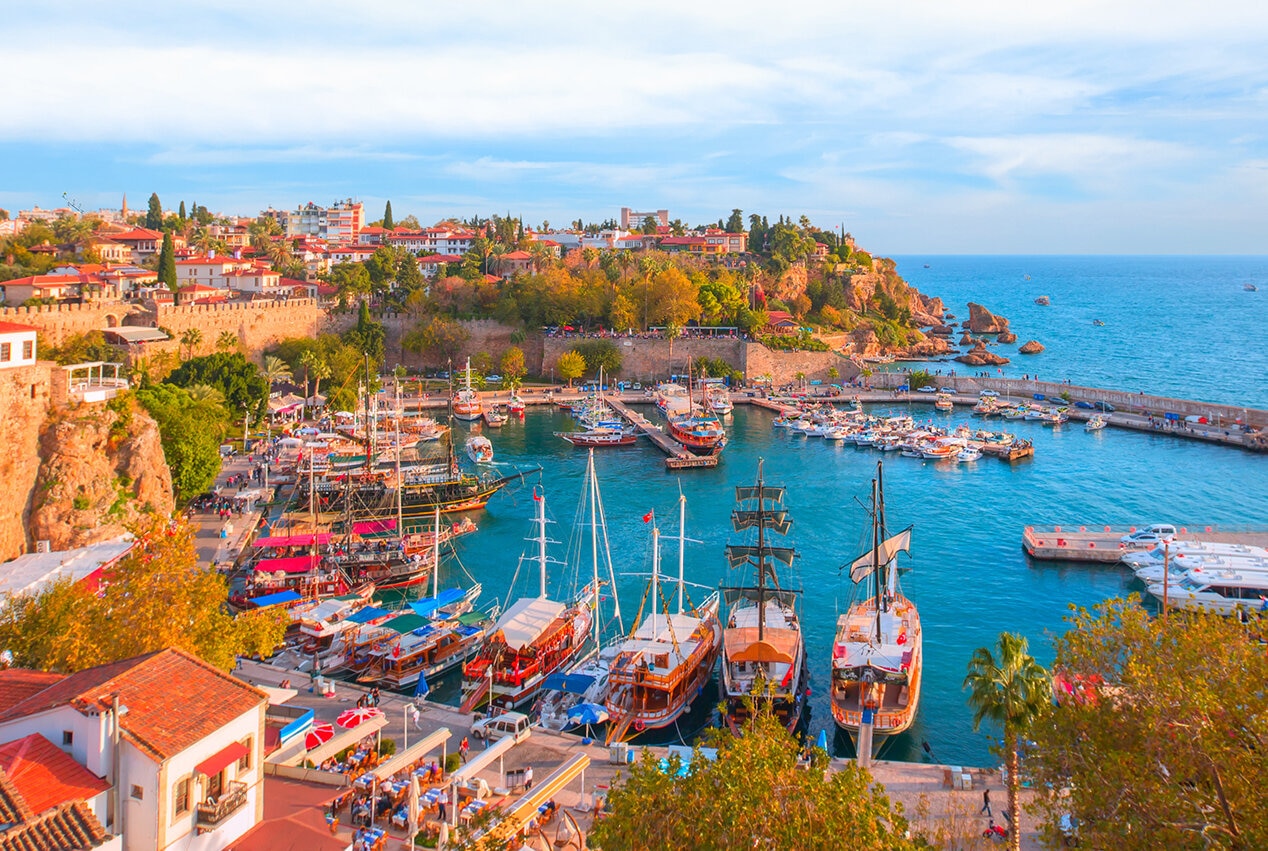
ANTALYA & THE SOUTHERN COAST
The name for the color Turquoise was derived from the French word for Turkish—one look at the brilliant, blue-green seas of the southeastern coast and you’ll understand why. Often called The Turquoise Coast or The Turkish Riviera, this charming collection of sleepy hamlets, energetic resort-towns and pristine bays tempts one to toss out the itinerary and simply relax.
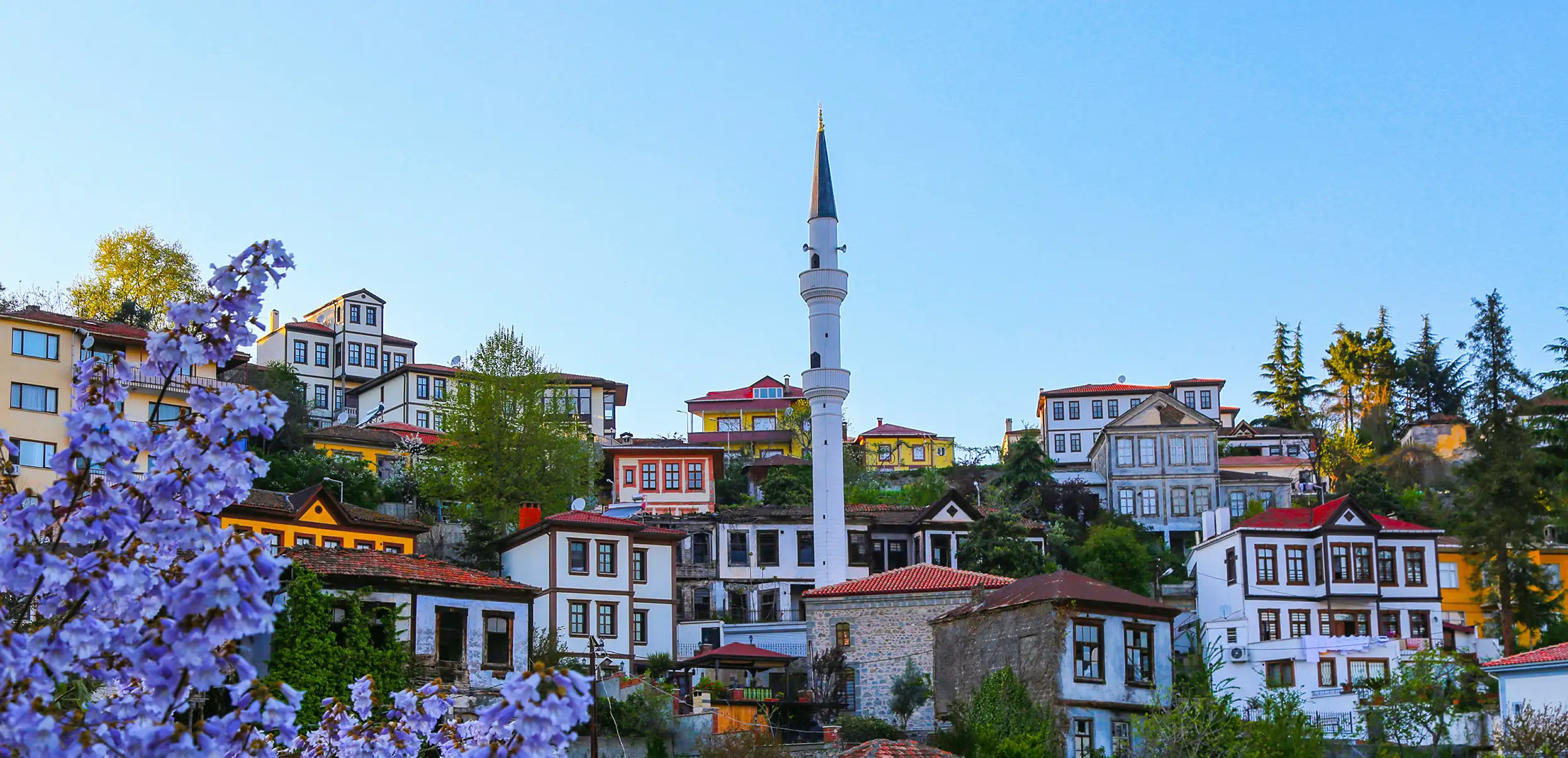
TRABZON, LAKE VAN & SANLIURFA
Most travelers focus on Turkiye’s Mediterranean beauty and Classical history, but venture to the east and a whole other side of Turkiye opens up. The Black Sea port of Trabzon with its Orthodox churches and Art Nouveau mansions has a distinctly Russian feel, lush Lake Van takes cultural cues from neighboring Armenia and southerly Sanliurfa celebrates its Arab and Kurdish influences in its exotic bazaars.
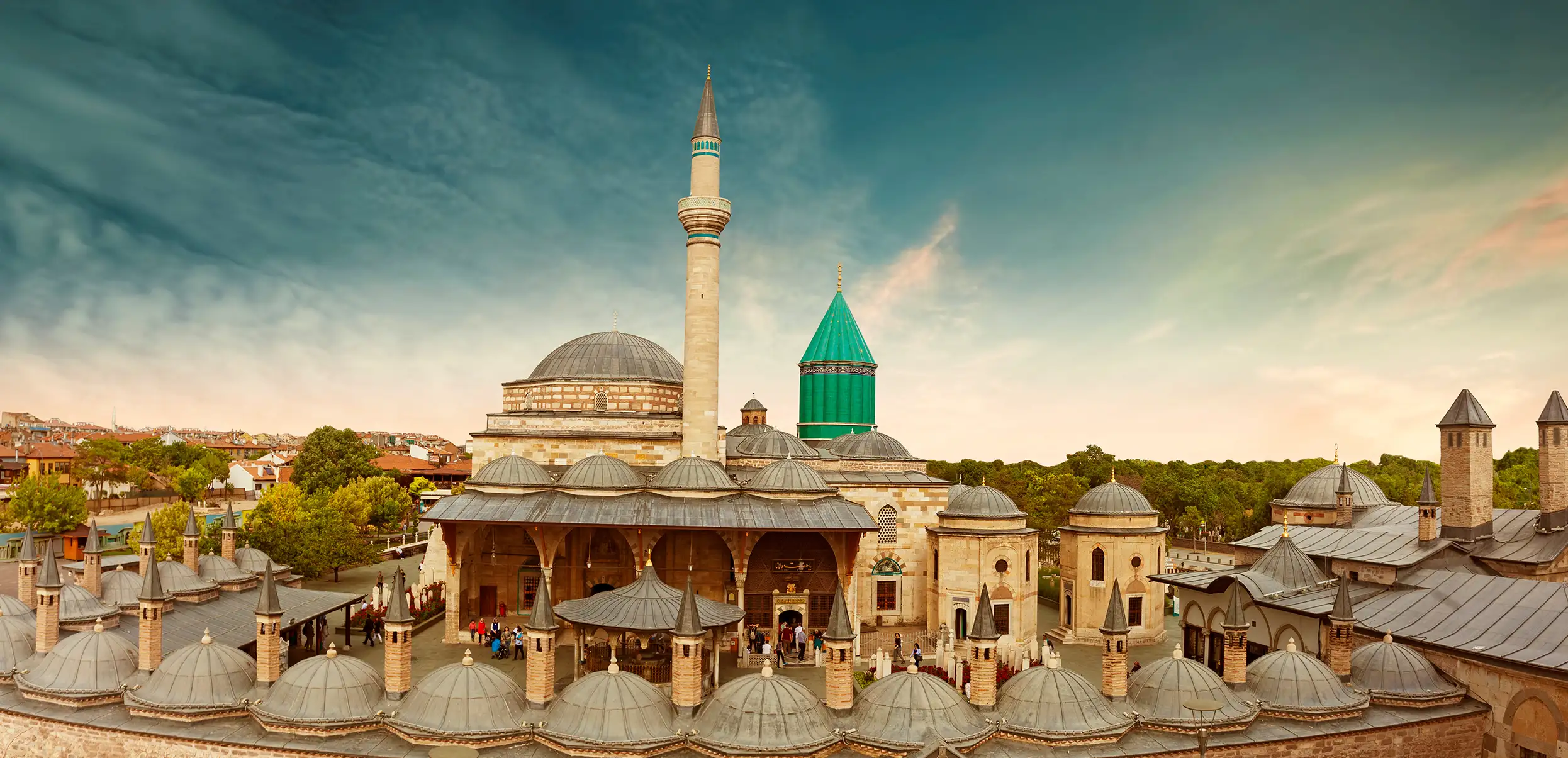
KONYA
Birthplace of the 13th-century Sufi mystic, philosopher and poet, Rumi, Konya is a pilgrimage site for Muslims and an inclusive gathering place for anyone touched by Rumi’s writings. Konya is also popular among a branch of Sufis called the Whirling Dervishes. Practitioners seek transcendence not through poetry but through ritual spinning, used as a sort of meditation.
sign up for our
Newsletter
Stay current with all the latest being offered from ATJ, as
well as updates on Asia Destinations.























